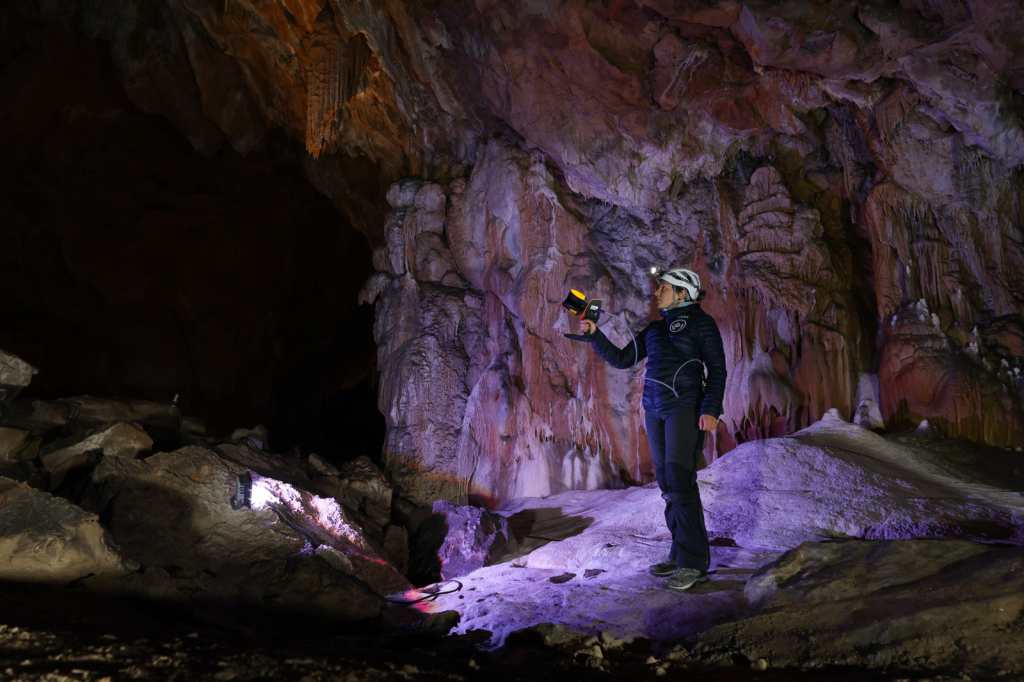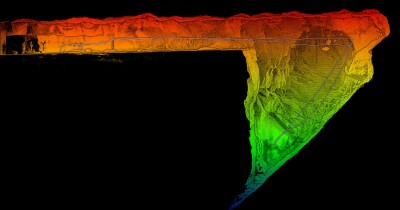Imagine spending 40 days deep in a cave, with no natural light and no contact with the outside world. In one of Europe’s largest caves, a group of fifteen participants did just that; as participants in a study to see how human physiology can adapt to long-term isolation. The Deep Time Isolation study was conducted by the Human Adaptation Institute, and it is aimed to explore the links between the human brain and time - testing the limits of human adaptability to isolation.
The Lombrives cave, located in southwestern France, acted as home for the participants for the duration of the study. Throughout their residence, participants - also known as “deeptimers” - performed a series of missions and tasks to help to add structure to their days. The first task was to conduct a survey of a 3km portion of the cave using a hand-held GeoSLAM scanner.
Traditional tripod-based systems used for digital mapping rely heavily on GPS to collect accurate data. SLAM technology however, overcomes this limitation by cutting out GPS altogether, enabling scans to be carried out in complex and enclosed spaces, including underground.
In order for the scan to work underground without GPS signal, the sensor has to self-locate. GeoSLAM’s Simultaneous Location and Mapping (SLAM) algorithm was put to the test, especially its 100 meter range capabilities.
The deeptimers used a ZEB Horizon to walk the 125-million-year old cave site. With areas of narrow passages and expansive chambers up to 70 meters in height, the diversity of terrain added to the challenge.
The ability to walk and scan made the data collection possible, and the handheld scanner was able to accommodate the varied terrain. The team could crouch, crawl, and scan the narrowest sections as well as the most open chambers with the same technology.

The applications for the Deep Time study are broad, including preparing and studying the effects of long-term space travel on humans and the unique stresses of living in a sun-less environment such as underground or underwater. SLAM technology has made scanning and surveying in these challenging environments possible - so the limits to our abilities to do may be in the humans themselves, rather than the technology.
A series of partners assisted the Human Adaptation Institute in providing activities or trial materials for the project, including GeoSLAM. Commenting on the company’s involvement in the project, GeoSLAM Channel Manager for Europe, Tomas Blaha said:
“We are thrilled to have been associated with the Human Adaption Institute on such an exciting and historic project. The hand-held capabilities of the ZEB Horizon device provided easy-to-use technology for the members of the team with no professional surveying experience.
“The study tested the limits of human endurance in a challenging environment and the same can be said of the technology to survey the Lombrives cave. Using traditional static and GPS-based scanners would have been impossible for this project, so we are delighted that the ZEB Horizon’s adaptability and ruggedness played its part in an historic piece of research.”










